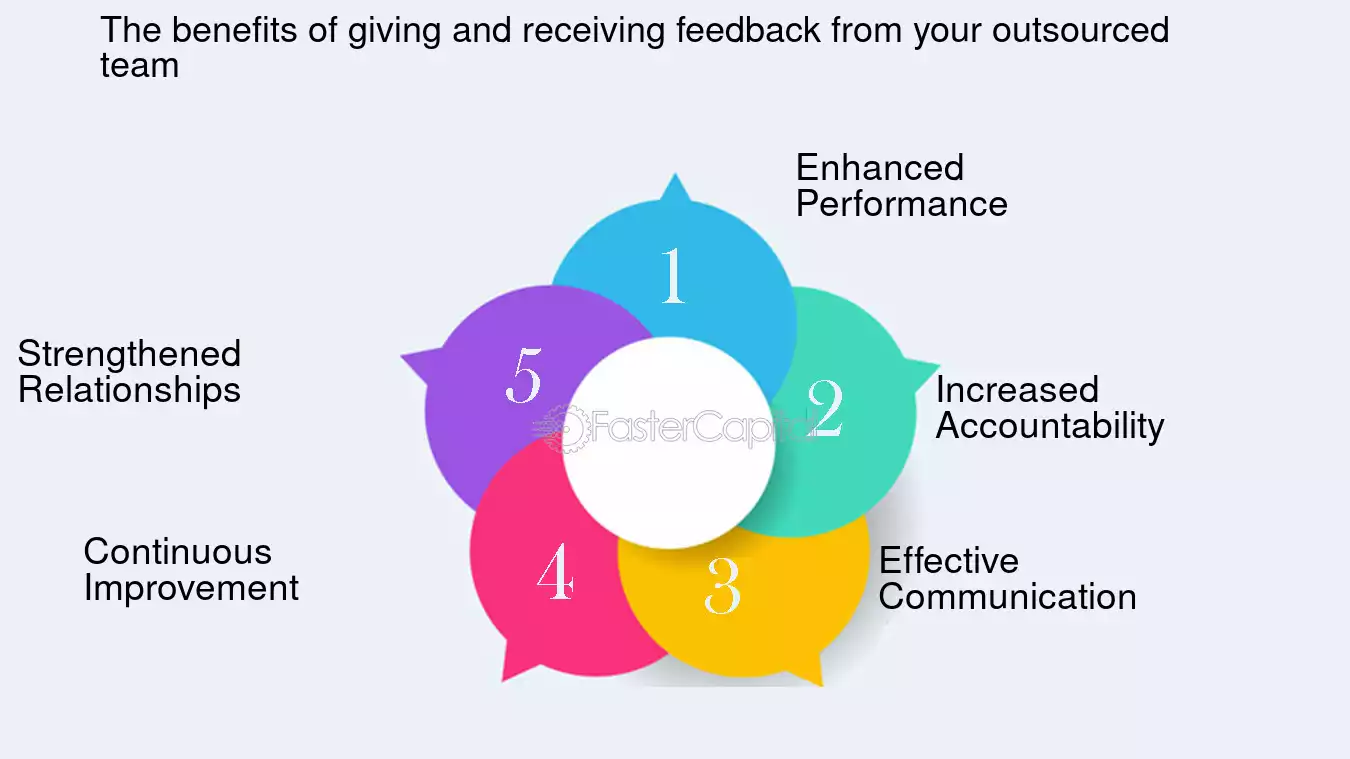Technology has dramatically transformed the way we communicate in the modern world. From instant messaging to video calls, technology enables faster, more efficient, and more accessible communication. This article explores the various roles technology plays in modern communication and how it continues to shape our interactions.

Instant Connectivity
Technology has enabled real-time communication across the globe. Whether through messaging apps, social media, or video conferencing, people can now connect instantly, regardless of location. This instant connectivity has made it easier to maintain relationships, conduct business, and share information. For example, tools like Zoom, Microsoft Teams, and WhatsApp allow individuals and teams to communicate without delay, fostering more dynamic and responsive interactions.
Diverse Communication Channels
The variety of communication channels available today is vast. Social media platforms like Facebook, Twitter, and LinkedIn have become central to how we communicate in both personal and professional contexts. Email remains a staple for professional communication, offering a formal and trackable method of exchanging information. Meanwhile, messaging apps like Slack and WhatsApp provide quick, informal channels that support day-to-day conversations. Video conferencing tools also play a crucial role, enabling face-to-face communication without the need for physical presence.
Enhanced Accessibility
Mobile devices have made communication portable, allowing people to stay connected wherever they go. Smartphones and tablets enable users to access email, social media, and messaging apps on the move, making communication continuous and uninterrupted. Moreover, assistive technologies such as screen readers, voice-to-text applications, and translation tools ensure that communication is accessible to everyone, including those with disabilities or language barriers.
Efficiency and Productivity
Technology has greatly improved the efficiency of communication processes. Automated systems like chatbots, email marketing tools, and Customer Relationship Management (CRM) systems streamline communication tasks, reducing the time and effort required. Collaboration tools like Google Workspace and Microsoft 365 enable teams to work together in real time, sharing documents, ideas, and feedback instantly. These tools not only save time but also enhance the quality and effectiveness of communication by allowing for immediate responses and continuous collaboration.
Data-Driven Communication
The integration of technology in communication has led to the collection and analysis of vast amounts of data. This data provides valuable insights into how communication strategies are performing, allowing businesses and individuals to tailor their approaches for better engagement. Personalized communication has become possible through the use of data analytics, enabling messages to be crafted specifically to the preferences and behaviors of the audience. This personalization improves the relevance and impact of the communication, making it more effective.
Security and Privacy
As communication technology advances, so does the need for security. Encrypted communication methods ensure that sensitive information remains private and secure, protecting it from unauthorized access. However, the increase in digital communication has also raised concerns about privacy, with users and organizations needing to be vigilant about how data is managed and shared. The balance between convenience and security is a critical consideration in the modern communication landscape.
Social and Cultural Impact
Technology has not only changed how we communicate but also the norms and practices surrounding communication. Digital communication has become more common than face-to-face interactions, especially in professional settings. This shift has influenced social behavior, with people increasingly relying on digital means to maintain relationships and conduct business. Additionally, the internet and social media have facilitated cultural exchange, allowing people from different backgrounds to share ideas, traditions, and perspectives more easily than ever before.
Challenges and Considerations
Despite the many benefits of technology in communication, there are challenges. The digital divide remains a significant issue, with some populations lacking access to the latest communication tools and technologies. This inequality can hinder opportunities and widen social and economic gaps. Additionally, the overwhelming amount of information available through digital channels can lead to information overload, making it difficult for individuals to focus on what is truly important. Managing these challenges requires thoughtful use of technology and strategies to ensure that communication remains clear, effective, and inclusive.
Technology plays a crucial role in modern communication, shaping how we connect, share, and interact in ways that were unimaginable just a few decades ago. As technology continues to evolve, its impact on communication will only grow, offering new opportunities and challenges for individuals, businesses, and societies.




